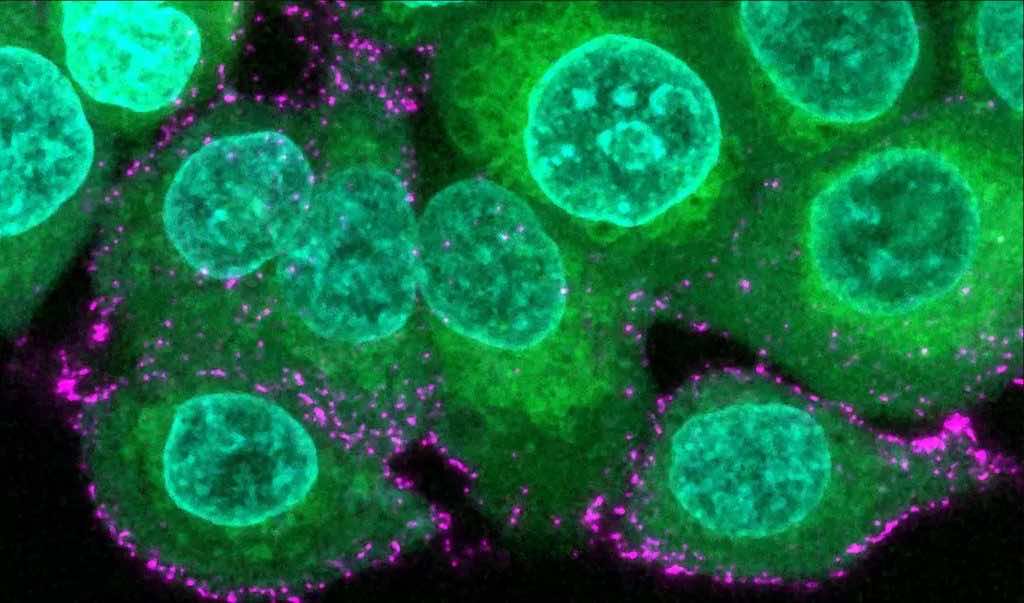Scientists constructed a coronavirus from scratch to understand more about how it reproduces and survives.
Before we get too worked up about lab leaks and conspiracy ideas, the researchers in question have not created a full-fledged new Covid-19 disease. Instead, they’ve generated a stripped-down form of the SARS-CoV-2 pathogen that isn’t nearly an active virus but is sufficient for research.
Scientists from the United Kingdom and Germany developed the synthetic minimum virions (lab-grown particles) to learn more about mutating. First, they examined how the corona (crown) spike proteins function to open ACE2 receptors and infect a host. These spikes are also where antibodies bind to combat the virus – and where vaccinations aim.
The researchers discovered something new by focusing on how certain fatty acid-type immune components interact with the spikes. When the immune molecule grabs the virus’s spike proteins, it seems that they undergo a structural alteration.
“By “ducking down” of the spike protein upon binding of inflammatory fatty acids, the virus becomes less visible to the immune system,” explained Oskar Staufer from the University of Oxford.
“This could be a mechanism to avoid detection by the host and a strong immune response for a longer period of time and increase total infection efficiency.”
This structural alteration explains why the live virus is efficient at changing and surviving.
“Applying such synthetic biology concepts to a problem with global impact is truly exciting,” Staufer added.
The research was published in the journal Nature Communications.

